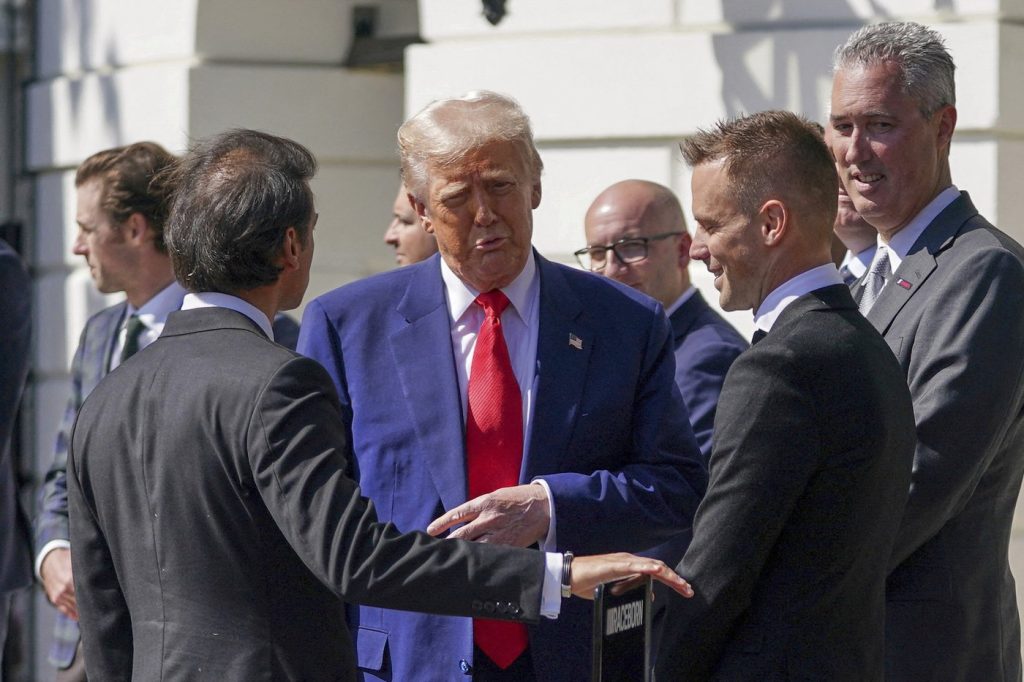WASHINGTON — On April 9, 2025, President Donald Trump announced a partial rollback of tariffs that have significantly impacted international trade. This decision includes a 90-day pause on some of the reciprocal tariffs he had previously imposed on various countries, aimed at increasing trade fairness. However, despite these adjustments, the United States has maintained certain tariffs on imports from Canada.
The president's new strategy still features a 10 percent levy on nearly all global imports, which continues to affect trade dynamics. Notably, Trump has escalated tariffs on Chinese imports dramatically, raising them to 125 percent, signaling ongoing tensions in U.S.-China trade relations. This sudden shift in trade policy resulted in a notable rebound in U.S. stock markets, which had previously experienced significant declines due to worries over the economic implications of these tariffs.
According to a White House official, the tariffs on imports from Canada remain intact, despite Trump's broader strategic adjustments. This preservation of tariffs includes those related to fentanyl, as well as levies on automobiles, steel, and aluminum. These measures indicate that while some tariffs may be reassessed or lifted, the duties imposed on Canadian goods continue to reflect ongoing trade disputes.
The conflicting trade strategies exemplify the complexities of U.S. trade policy under Trump's administration and the ongoing uncertainties that may arise from these decisions. Observers and analysts are left to contemplate the long-term effects that these tariffs will have not only on the U.S. economy but also on its relationship with Canada and other trading partners.
In conclusion, Trump’s latest tariff decisions send mixed signals throughout global markets and may influence future negotiations, especially as the U.S. navigates its trade objectives amidst global economic pressures.










